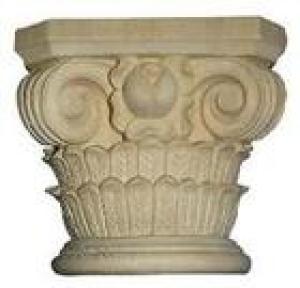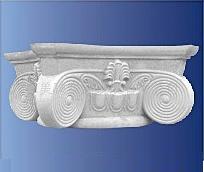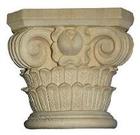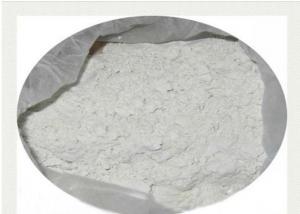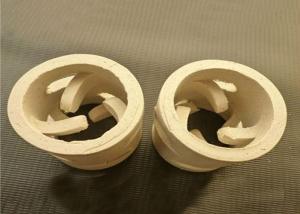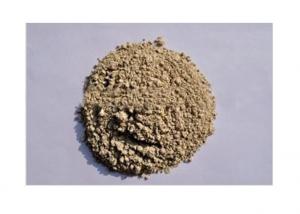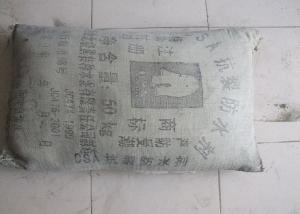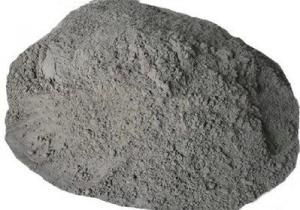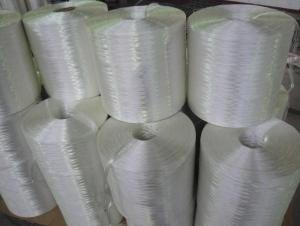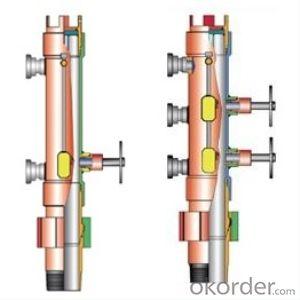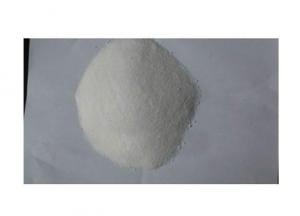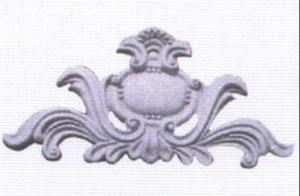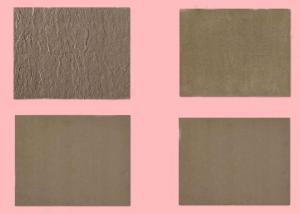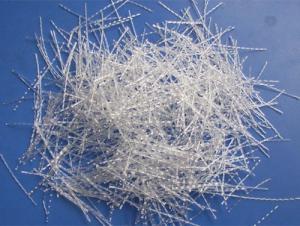Qualified Column Head Mould-6
- Loading Port:
- Shanghai Port
- Payment Terms:
- TT or L/C
- Min Order Qty:
- -
- Supply Capability:
- 50000000 set/month
OKorder Service Pledge
OKorder Financial Service
You Might Also Like
Introduction of Qualified Column Head Mould:
GRC Mould is made of FRP, Silica gel etc. It is used in the production of GRC Component, such as Roman Column Head, Window Frame, Pediment Ornament and Eaves Decorative Rid.
Specificaction of Qualified Column Head Mould:
We can offer Mould for Roman Column Head products, diameter size: 300MM 350MM 400MM 450MM 500MM 550MM 600MM. Other sizes can be customized according to customer requirements.


- Q: okay so i wanted to make a rocky background that would fit my tank specifiaclly. the only thing in the tank is a fire belly newt. what kinds of cement are safe to use for that purpose or are there any like sealants that you can put over the cement so that chemicals wont leak out into the water?
- Its not chemicals that you need to worry about with cement (I take it you are referring to concrete?) its the pH balance and the alkalinity of the water you need to worry about, as concrete is made of limestone that will dissolve in the water and raise the hardness and alkalinity of your tank. If you have South American fish like tetras that prefer soft, slightly acidic water, concrete landscaping will not be appreciated. African cichlids, which prefer hard, alkaline water, will have no problem with this arrangement. You can use any epoxy putty to adhere fixtures in your tank together. Most pet stores will also sell tubes of aquarium sealant that is 100% safe when dry.
- Q: It's for my Science hw....
- As someone who manages hazardous waste shipments. It is not considered flammable, or explosive. It I considered poisonous Because it contains silica
- Q: how many bags of 94lb portland cement make a cu yd using a 3:2:1 gravel:sand:cement ratio?
- In my house they use Plastic Bags. And Paper Ones are not so easily available. Any ways, Paper is what I personally like to use.
- Q: My Sewer Pipe Is Clogged With Cement Of course Not fully how I can open it withot Damage to pipe
- difficult point. search on to the search engines. just that can assist!
- Q: hey im zack and im reseachin portland cement u think u guys help me i want to find out what is it and how its used? THANKS 4 UR HELP AND TIME
- Portland cement is the most common type of cement in general use around the world, as it is a basic ingredient of concrete, mortar, stucco and most non-specialty grout. It is a fine powder produced by grinding Portland cement clinker (more than 90%), a limited amount of calcium sulfate which controls the set time, and up to 5% minor constituents (as allowed by various standards). As defined by the European Standard EN197.1, Portland cement clinker is a hydraulic material which shall consist of at least two-thirds by mass of calcium silicates (3CaO.SiO2 and 2CaO.SiO2), the remainder consisting of aluminium- and iron-containing clinker phases and other compounds. The ratio of CaO to SiO2 shall not be less than 2.0. The magnesium content (MgO) shall not exceed 5.0% by mass. (The last two requirements were already set out in the German Standard, issued in 1909). Blue Circle Southern Cement works near Berrima, New South Wales, Australia. Portland cement clinker is made by heating, in a kiln, a homogeneous mixture of raw materials to a sintering temperature, which is about 1450 °C for modern cements. The aluminium oxide and iron oxide are present as a flux and contribute little to the strength. For special cements, such as Low Heat (LH) and Sulfate Resistant (SR) types, it is necessary to limit the amount of tricalcium aluminate (3CaO.Al2O3) formed. The major raw material for the clinker-making is usually limestone (CaCO3) mixed with a second material containing clay as source of alumino-silicate. Normally, an impure limestone which contains clay or SiO2 is used. The CaCO3 content of these limestones can be as low as 80%. Second raw materials (materials in the rawmix other than limestone) depend on the purity of the limestone. Some of the second raw materials used are: clay, shale, sand, iron ore, bauxite, fly ash and slag. When a cement kiln is fired by coal, the ash of the coal acts as a secondary raw material.
- Q: do i have to put any thing down on the painted floor FIRST?
- More information is required. Are you placing tile on something? Thin set is for installing ceramic tile over a solid surface floor.
- Q: what's the right way of mixing it? the instructions said 1 part of water for 5 parts of cement. i poured 1 cup of water to 5 cups of the cement but i the right texture didn't come out. it's too dry.
- quick setting is quick like 20 mins or less of total workable time, from mixing to placing ... mix it fast and to the right consistency (mashed potatoes like).... whats it for ?do you really need quick set?... and after a certain point too much water will weaken the cement , 20 percent is good to the one below......mix it in a wheel barrow then pour it, if you mix it in the hole , dirt will get in and cause voids , weakening the concrete
- Q: When installing fence posts for a 6 foot high privacy fence, I have gotten a few different inputs reference cement. Specifically, should what would you recommend and why: 1) dry pack cement into the hole and don't add water (let nature do it over time; does this jeopardize the plum of the posts initially); 2) dry pack cement into the hole and then add some water; 3) premix and then add to the hole; or 4) use quick drying cement.
- I have seen the results of dry-packing: It does not work, whether water was added at first, or by nature. Concrete does not work unless it is mixed. Many fence installers will tell you otherwise, but they don't do much real concrete work. Dig the hole where you need it, twice the size of the post and at least 2' deep. Pour at least 4-6 of concrete into the hole first (gravel is good also, but dig the hole deeper if you are planning on that) , then set the factory end of the post, or a post with appropriate end treatment into the mud. Make sure the post is in the fence line, and plumb both ways. Brace it, then fill the rest of the hole with properly mixed concrete. You need to have solid concrete on all sides of the post. Fill the hole slightly higher than ground level, then slope the excess concrete away from the post. Do not disturb until the concrete is fully set around the post. (at least a day) Not doing so will allow water to creep in around the post, allowing rot sooner.
- Q: What is the use of using oxygen in cement industry?
- The ingrediants for the cement need to be heated to a very high temperature to make Portland cement. Usually methane with air is the heat source, but oxygen replacing some of the air is sometimes needed to reach the optimum temperature. Possibly a superior cement is produced if it has negligible nitrogen, argon and carbon dioxide, so oxygen is used instead of air which contains nitrogen, argon and carbon dioxide as well as oxygen.
- Q: I want to build a 5000 gallon pond using cement, but I am kind of having trouble finding resources on how to do this.I would like to know how to install an externail pump, and how do I do the drain???How do I put the plumbing in? Would this be buildt pretty similar to a pool?What has to be done to the cement to make it safe for fish?Would making it out of cement be cheaper than liner?There are no rocks in FL, so we are going to have a company come out and quot;makequot; the rocks for us. They do a FABULOUS job sculpting rocks from rebar and cement. I would have to have a cement pool in order to have them do this, though. So that is why it needs to be out of cement.If you can find ANY resources for me on how to do any of this, Id be eternally greatful! Im so excited to get my pond going!!!!
- it doesn't sound like you've given this enough thought, if not done correctly the first time you can REALLY end up with a problem please go to pet shop or garden shop or library and get books on garden ponds, they will tell you everything you need to know it's too involved to go into on this forum
1. Manufacturer Overview
| Location | Jiangsu, China |
| Year Established | 2006 |
| Annual Output Value | Above US$ 10 Million |
| Main Markets | 20.00% North America 15.00% South America 15.00% Eastern Europe 10.00% Southeast Asia 10.00% Northern Europe 10.00% South Asia 10.00% Western Europe 5.00% Africa 5.00% Mid East |
| Company Certifications | ISO9001:2000; |
2. Manufacturer Certificates
| a) Certification Name | |
| Range | |
| Reference | |
| Validity Period |
3. Manufacturer Capability
| a) Trade Capacity | |
| Nearest Port | Lianyungang Port |
| Export Percentage | 41% - 50% |
| No.of Employees in Trade Department | 6-10 People |
| Language Spoken: | English; Chinese; |
| b) Factory Information | |
| Factory Size: | Above 150,000 square meters |
| No. of Production Lines | Above 10 |
| Contract Manufacturing | Design Service Offered; Buyer Label Offered |
| Product Price Range | High; Average |
Send your message to us
Qualified Column Head Mould-6
- Loading Port:
- Shanghai Port
- Payment Terms:
- TT or L/C
- Min Order Qty:
- -
- Supply Capability:
- 50000000 set/month
OKorder Service Pledge
OKorder Financial Service
Similar products
Hot products
Hot Searches
Related keywords
